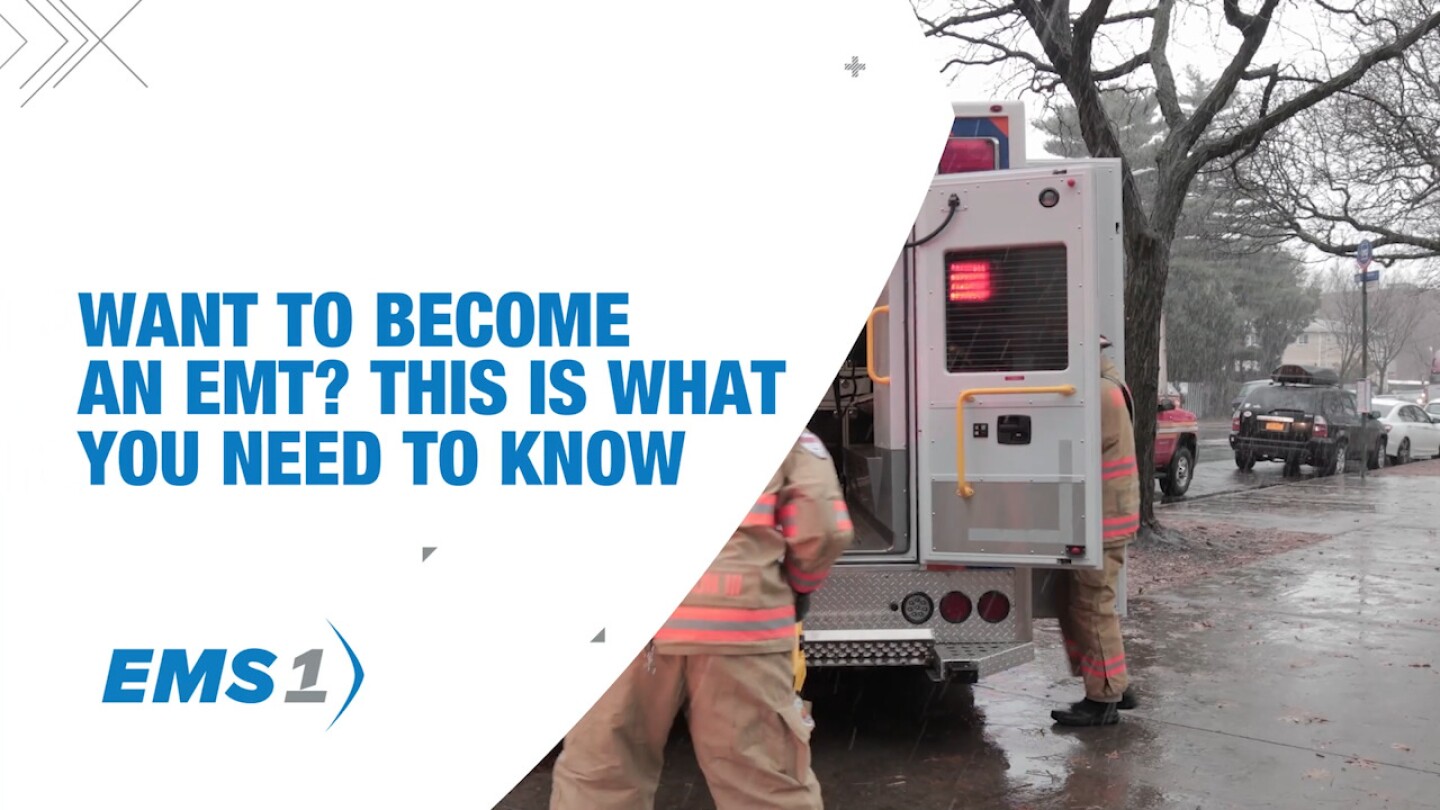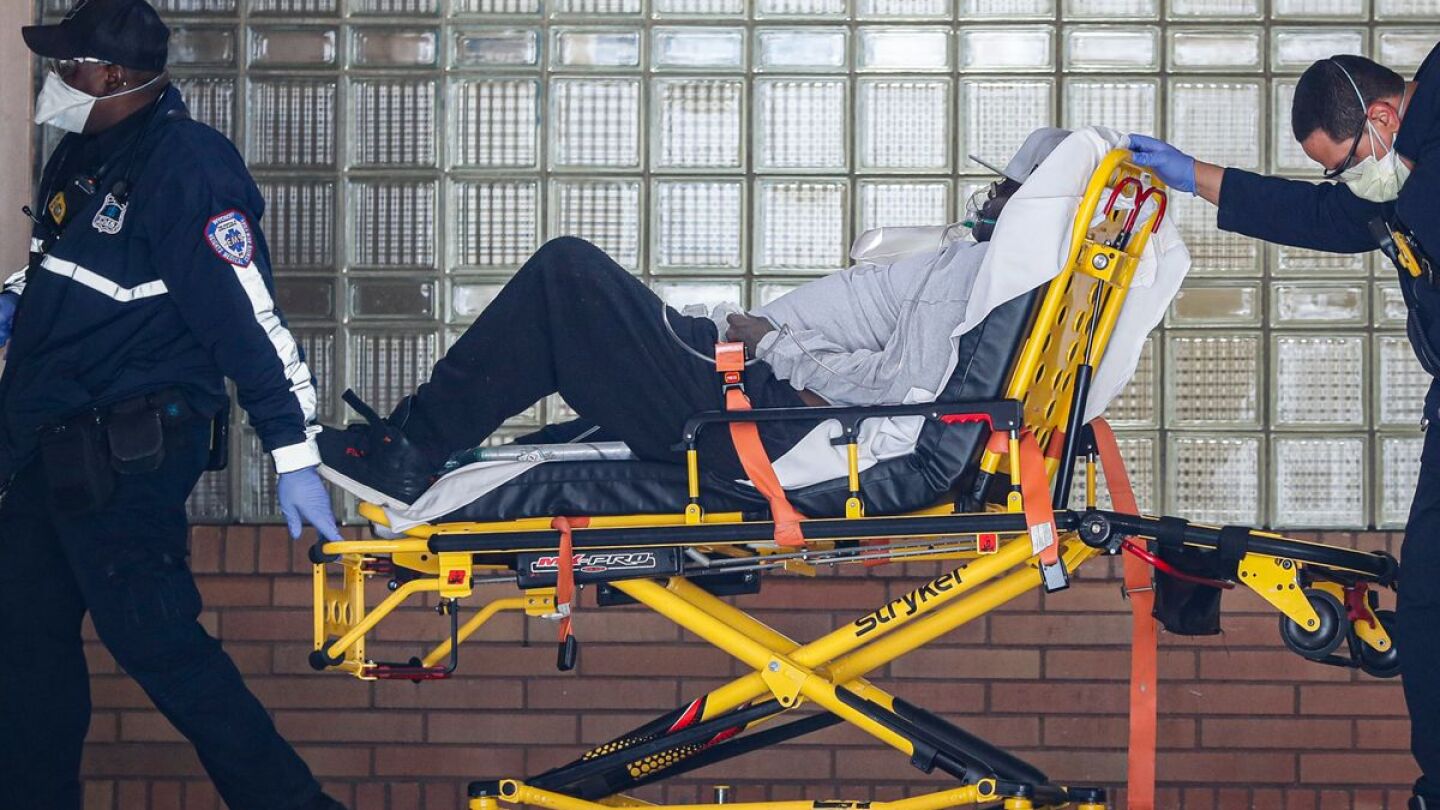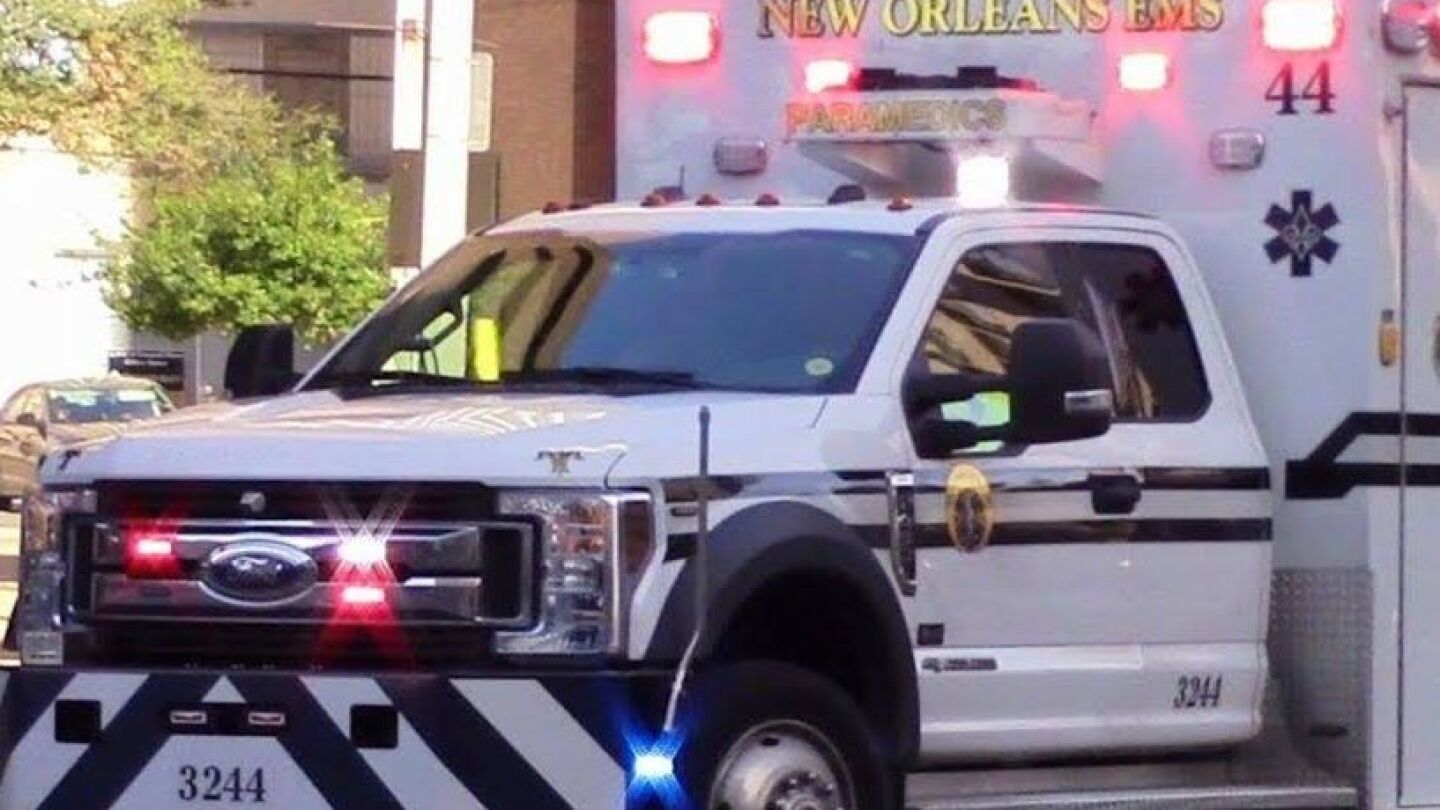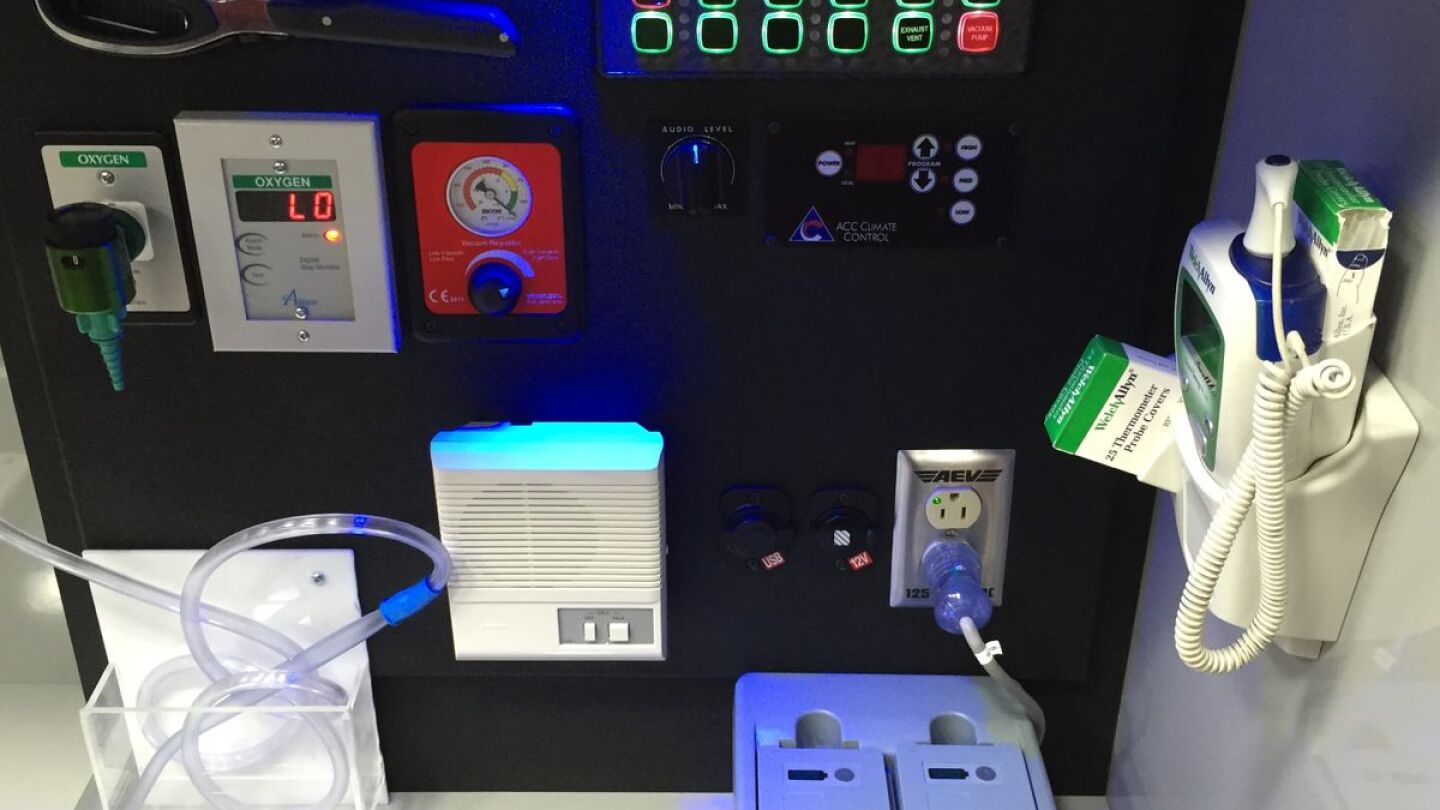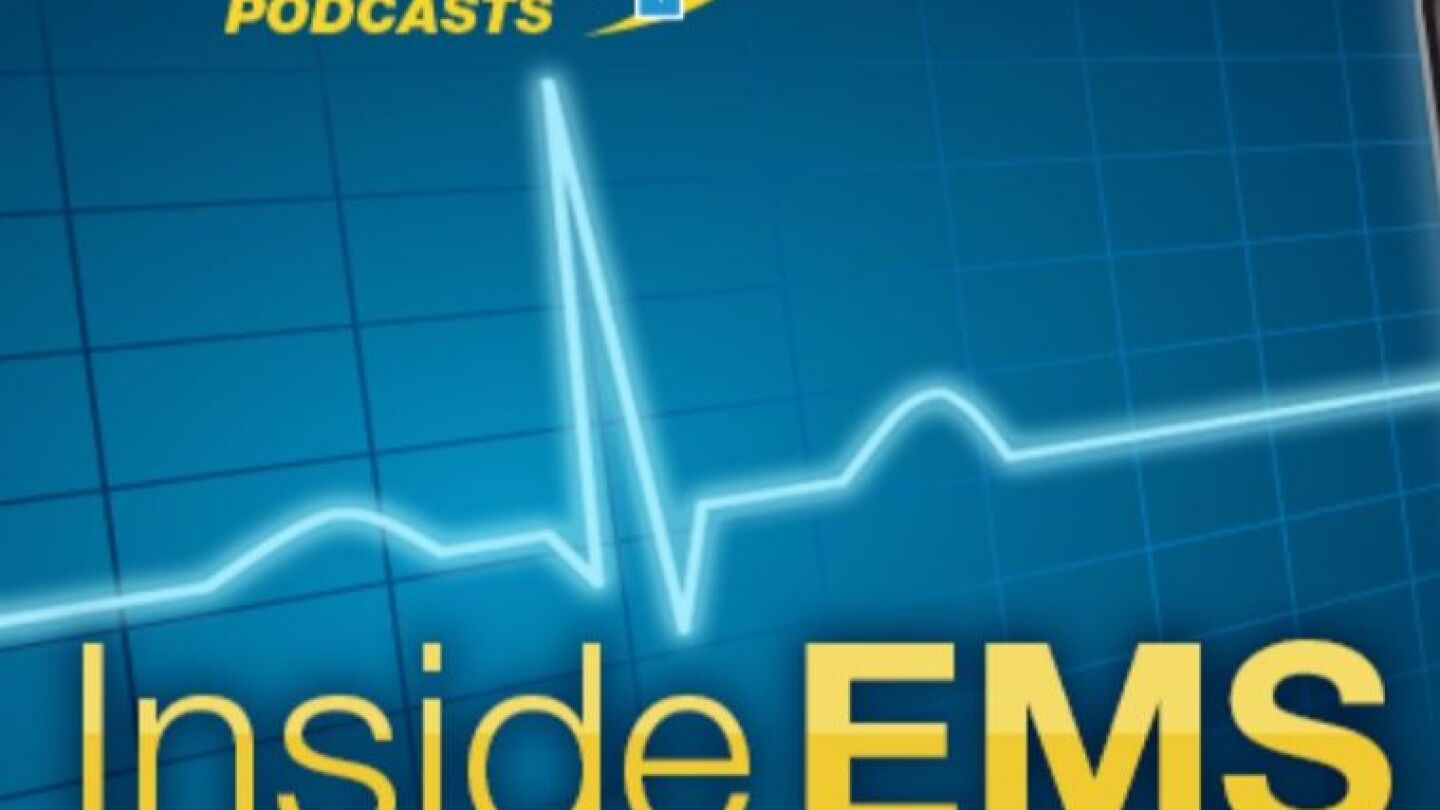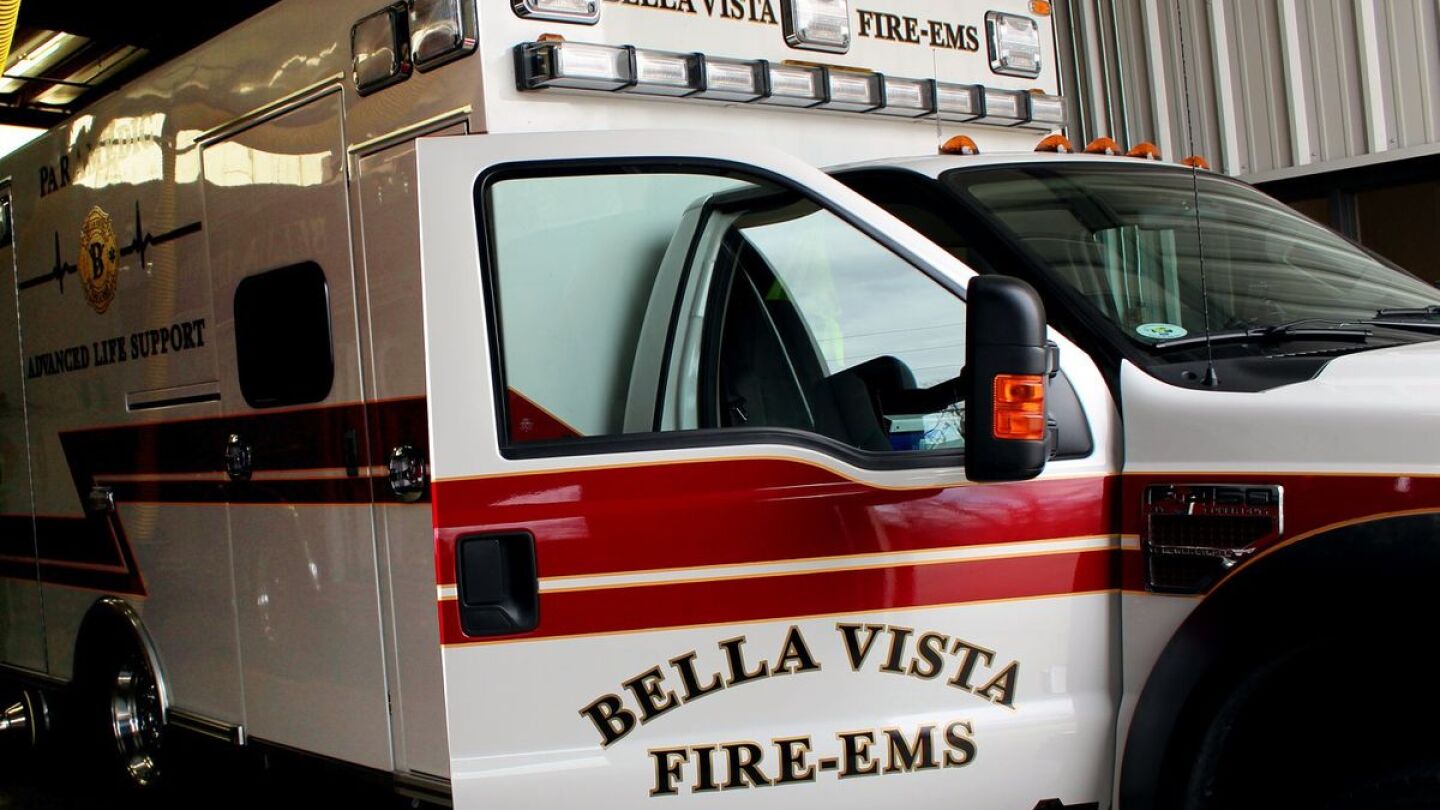Medical Monitoring
The Medical Monitoring topic contains news and information about medical monitoring, outlines the current trends and what the future may hold for EMS providers.
Being an emergency medical technician is rewarding job, and with the right EMT training, there’s plenty of room to grow
Monitoring AVPU and other vital signs will help determine if the patient is improving, worsening or responding to treatment
Avoid false blood pressure readings that could impact patient care. Discover the most frequent BP measurement mistakes and expert-backed techniques for accuracy.
The new point-of-care ultrasound system includes embedded workflow, an adaptable form factor and improved image clarity
Understanding the pathophysiology of difficulty breathing and different methods of delivering airway pressure
Three significant consequences of routine, excessive oxygen administration
Providing accurate ventilations and oxygenation in concert with effective chest compressions and timely defibrillation contributes to saving lives in the BLS setting
In some cases, our medical monitoring equipment alert is the precursor to a rapidly deteriorating patient who appears normal
EMS providers have a key role in initial emergency care for pediatric patients with sepsis
The man also allegedly threatened EMTs and assaulted a sheriff’s deputy
Targeting the most common chief complaints and deadly diagnoses to consider in prehospital medicine
Conduct a needs assessment to establish how accessories will be used to save time and protect providers
Mayor Bill de Blasio said “the whole FDNY family” will be the first to receive the tests
Scenario: EMS work through resuscitation and management strategies when they respond to a call for pediatric drowning and find the child in cardiac arrest
City leaders plan to test as many first responders as possible to prevent those without symptoms from unknowingly spreading the virus
As EMS agencies move toward multi-function devices, they are poised to save more than equipment costs. Here are 5 benefits that may surprise you.
About 200 tests will be administered for free each day in the parking lot of the stadium
The city has entered into an agreement with Abbott Laboratories to receive 5,000 kits that can produce results within 15 minutes
More than half the city’s EMS providers have been exposed to COVID-19 but only those showing symptoms are required to self-isolate
The testing site at the city fire station is open to anyone and can provide same-day or next-day results
A Seattle Police Department warehouse will serve as the first testing site in the country reserved for first responders, officials say
Use these tips to get an accurate oral temperature on patients with infection, COVID-19, influenza, hypothermia or hyperthermia
In this episode, our co-hosts welcome Medtronic’s Holly Stewart, who explains the history of capnography and offers insight into its use for DKA and sepsis monitoring
Our co-hosts discuss a news story out of Tennessee that could have implications for EMS providers who administer medication
The department plans to provide nontransport advanced life support in anticipation that their county’s ambulances will be taxed responding to the next county over
The device is implanted under the skin and automatically releases naloxone when it detects a drop in blood-oxygen level
In this episode, our co-hosts discuss the different types of strokes providers will encounter, how to treat each, and stroke patient transport procedures
A demonstration showed real-time interactions between an EMS provider and a doctor two miles apart using 5G and VR technologies
Our co-hosts reflect on a recent emergency call to a Buffalo Wild Wings where a cleaning agent inhalant injured nine and killed one employee
Dr. Eric Topol, a world-renowned cardiologist, considers the stethoscope obsolete, nothing more than a pair of “rubber tubes”
A closed-loop, full-spectrum and comprehensive health information exchange validates the difference EMS makes for patient outcomes
Distinguishing between COPD and comorbidities, and scaling treatment and pharmacology to disease progression
The Bella Vista Fire and EMS Department among first in the nation to launch cerebral oximetry machines in two of its ambulances

